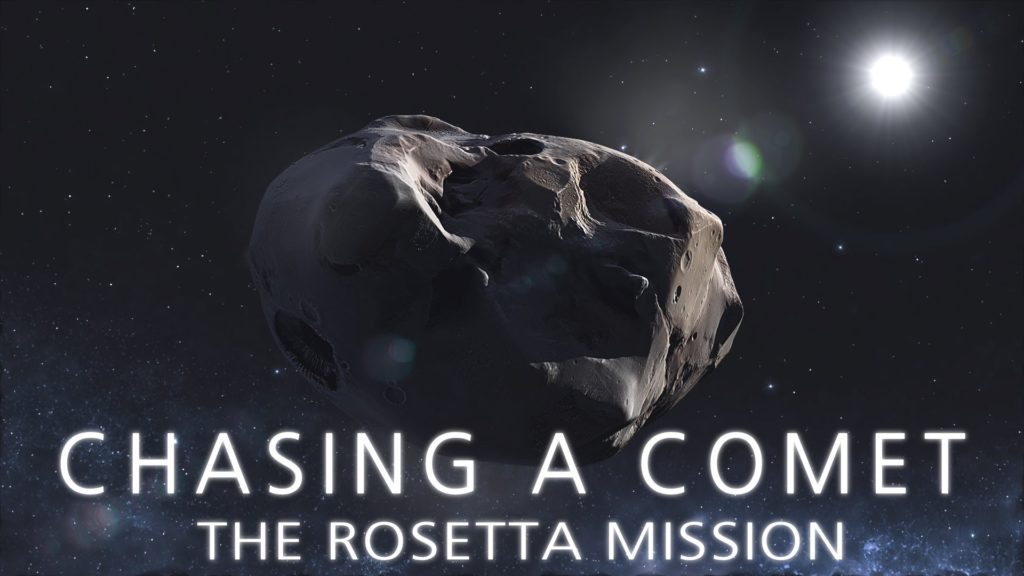
Remember the European Space Agency’s Rosetta Mission to Comet 67P/Churyumov–Gerasimenko and the intrepid little lander, Philae that went missing, was subsequently found and then went quiet again? Well, the mystery has been solved.
High-resolution cameras aboard ESA’s Rosetta spacecraft have found Philae, wedged into a crack and in the shadow of a cliff on the comet’s nucleus – when you “land on a comet”, you’re really landing on the comet’s nucleus, an agglomeration of ancient material left over from the solar system’s formation. Considered a “dirty snowball”, a comet’s nucleus consists of debris held together by various ices (water, nitrogen and other light compounds).
After traveling a staggering 6.7 billion kilometers, Philae was successfully deployed from the Rosetta “mothercraft”, but when a landing was attempted, the hold-down tethers failed to deploy and the lander “bounced” due to the nucleus’ microgravity and it became wedged. It was found on Friday, 2 September this year in the same place it had landed nearly two years ago.
Images taken from Rosetta at a distance of 2.7 km (1.7 miles) showed Philae wedged into a dark crack on Comet 67P/Churyumov–Gerasimenko which, incidentally, is speeding away from the sun at 15 km/sec.
Both Rosetta and the smaller, 100 kg, less-massive lander rely exclusively on solar panels for power but since Philae landed in a permanent shadow, it was only able to operate for 60 hours -almost three days- before “going dark” on 15 November, 2014, having run down the onboard batteries.
Said ESA’s Rosetta Project Scientest, Matt Taylor
“This wonderful news means that we now have the missing ‘ground-truth’ information needed to put Philae’s three days of science into proper context, now that we know where that ground actually is”
Scientists expect to get a final glimpse of Philae later this month, when Rosetta acquires some more images during close flybys leading up to a crash-landing on the comet itself on 30 September, ending its 12-year space odyssey.
Said Rosetta project chief Philippe Gaudon of France’s CNES space agency
“Philae is at the foot of a cliff in an extremely rocky zone”
It is now clear that after bouncing,
“Philae landed the wrong-way up, with one foot well in the air and its antennas pointing… groundwards”
For more details, images and a time-line leading up to the end of mission for Rosetta, please visit ESA’s Rosetta Mission home page.

From a distance of 2.7 kilometers from the surface of the comet, images of the landing craft “Philae” viewed for the first time since its crash landing, captured by ORIS narrow-angle camera taken on September 2, 2016 (AFP Photo/) Click image for full-res view.

